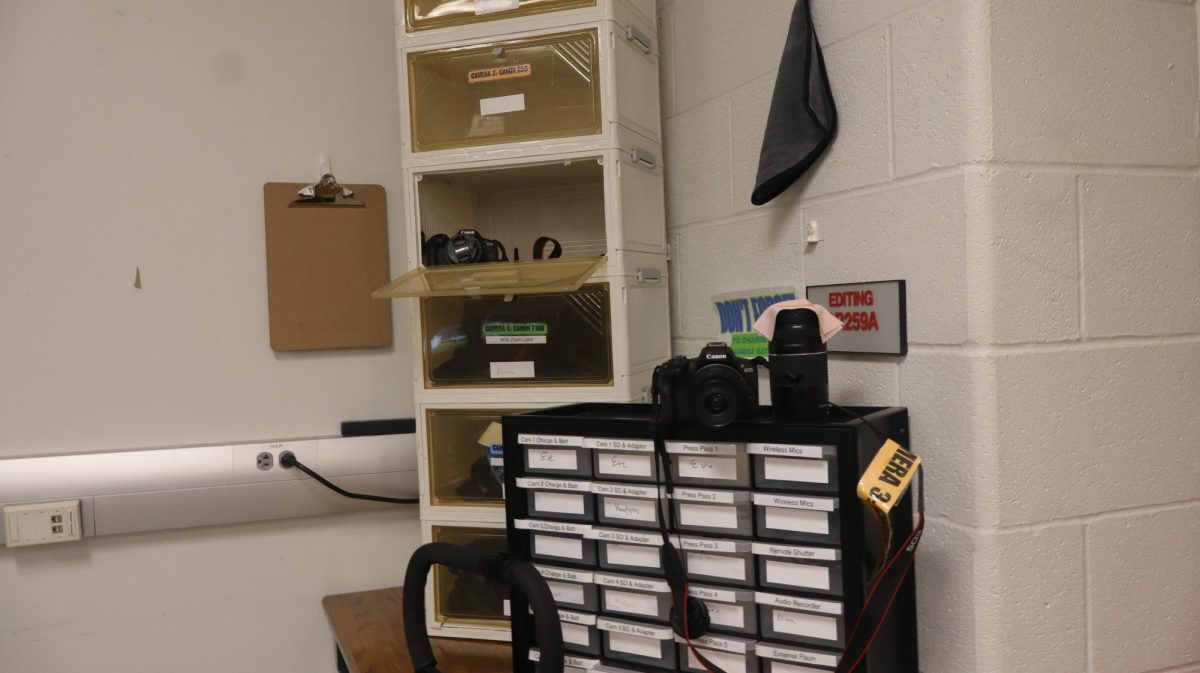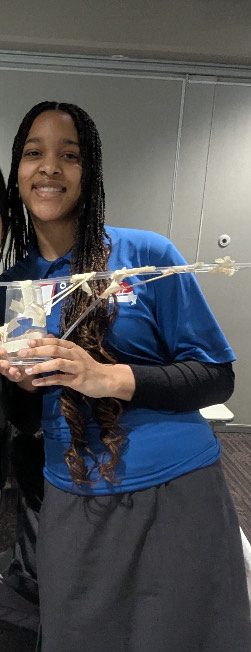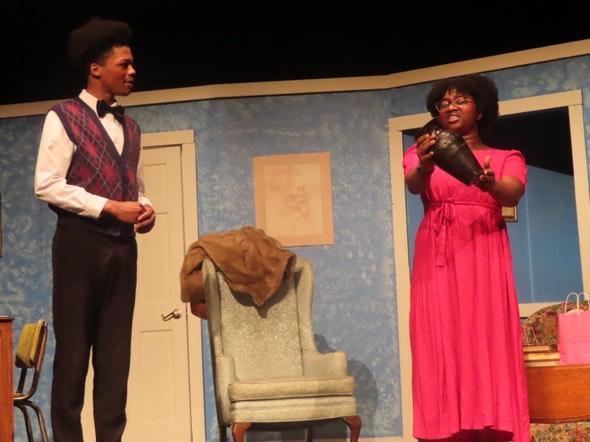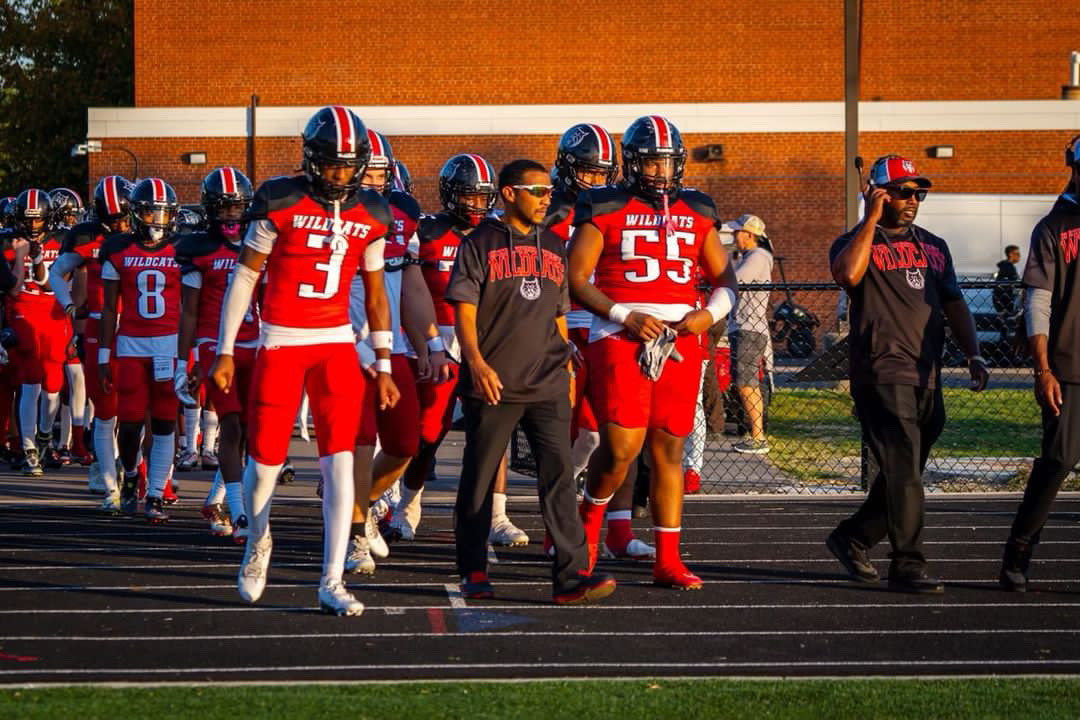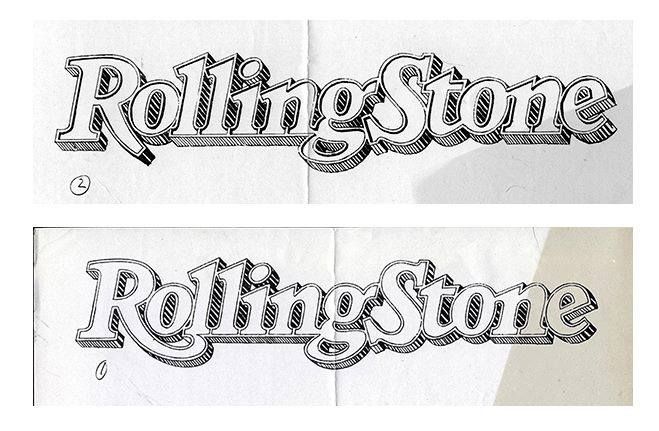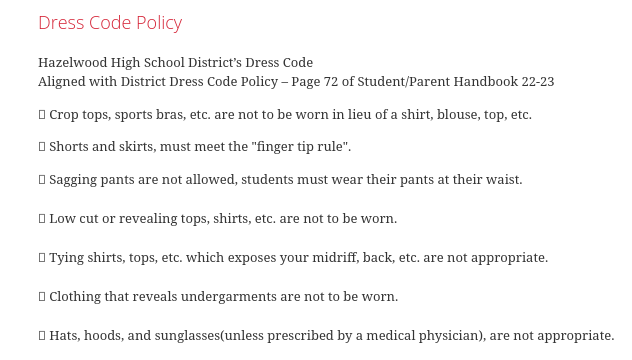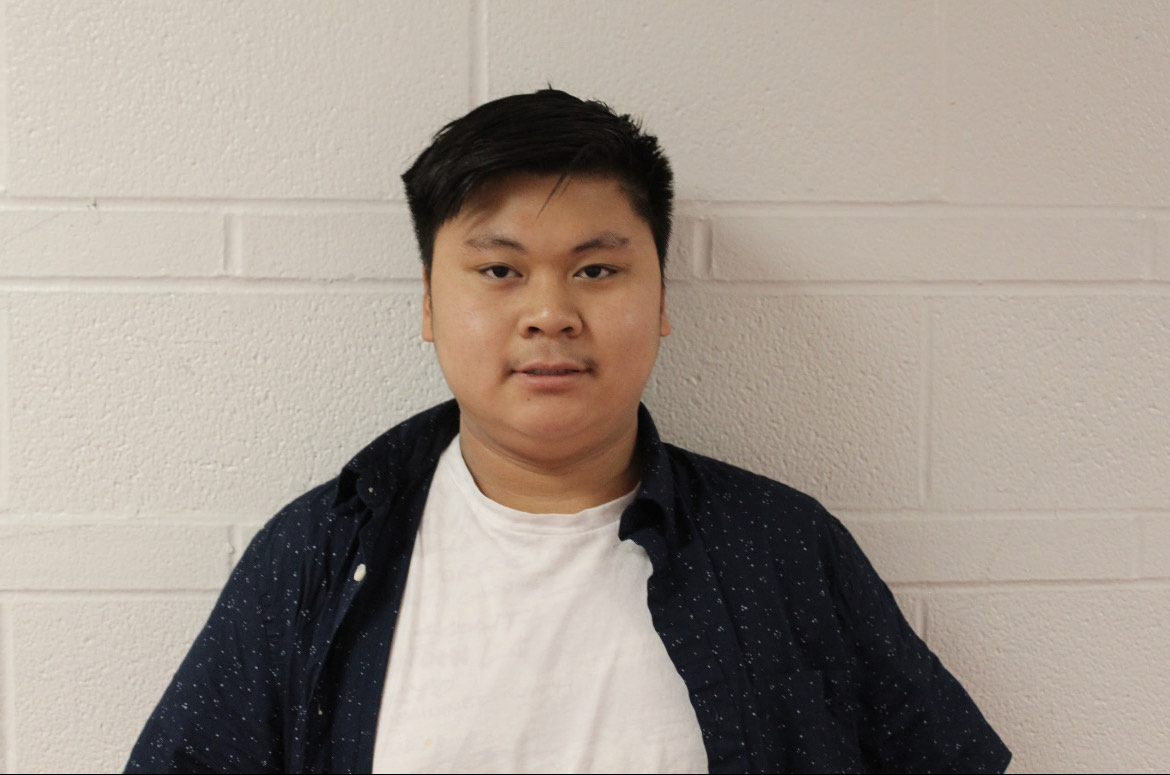“Pull your shirt down,” “put a jacket on,” “cover-up”
These are only a few of the statements told to the young women at Hazelwood West on a daily basis. In the outsider’s eyes, there is seemingly nothing wrong with being told to dress appropriately but it is naïve to disregard the impact of these statements. Even though school dress codes are practically standardized, that does not mean it is inclusive of all; in fact, school dress codes oftentimes victimize women and teach them to feel as if their body has a target on them at all times.
School dress codes being inequitable is a widespread issue causing an epidemic of negative body image for young women. When teenage girls start their day getting ready for school, putting on an outfit that makes them feel confident then they get to school only to be shut down because of that outfit, it shuts down their self-confidence as well. According to This Is Gendered, “dress codes have discriminatory workings, can contribute to mental health issues and limit self-expression and freedom.” solidifying that this is where self-esteem comes into the picture. Another source reinforces how young women are effected, “We are seeing short term harmful effects on people’s self esteem. Teaching girls that their body parts are inherently bad or important to others implies that how her body looks should be of extreme importance to her,” (Planned Parenthood). Combining these ideas, it is clear that women place their self esteem and confidence into what they wear and when that is demolished, it ruins their self esteem and has lasting effects.
At Hazelwood West specifically the problem persists through the execution of the dress code in the school. The dress code policy, states “crop tops, sports bras, etc. are not to be worn in lieu of a shirt, blouse, top, etc.” this policy is reasonable except in reality the application turns into any time girl students are walking down the hallway and show any amount of midriff they are told to “cover up” because it’s deemed as ‘inappropriate.’ Continuing, the Hazelwood School District Handbook on page 21, under the dress code topic, it is stated; “When, in the judgment of the principal, a student’s appearance or mode of dress disrupts the educational process, or constitutes a threat to health or safety, the student may be required to make modifications.” Meaning that when administration or faculty believes what is being worn is a distraction, they do not hesitate to call the student out and demand her to change because she is disrupting the learning environment. With this treatment, women are being taught that their bodies are seen as objects by the people who are supposed to establish a safe and welcoming environment. When this was brought up to the DEI committee last year, students were told it is about establishing a “professional environment” which does not quite match up with the encouragement of how kids should be able to express themselves and feel good and comfortable in their learning environment.
Some may argue that a dress code evens the playing field by limiting what students can wear but in contradiction it fosters inequality. In addition to the dress code policies itself, the enforcers of the policy are either teachers or administrators, some of them being male. When male administrators in general call young students out on the clothes they wear, this puts girls under the impression that they are being looked at in an unprofessional and inappropriate manner. Yes, there are needed rules for a dress code however, reacting to a student having the slightest amount of skin being exposed and labeling it as ‘distracting’ to the students around them is extreme and unjust, giving the idea that girls are supposed to “cover themselves” for the sake of the boys education and giving them less of a distraction.
Universally, it needs to be understood that when people ask for a “fair” dress code, they are not asking for an unreasonable dress code, they are simply asking for less targeted policies. Plus, there is a higher chance of compliance with a more equitable dress code.

